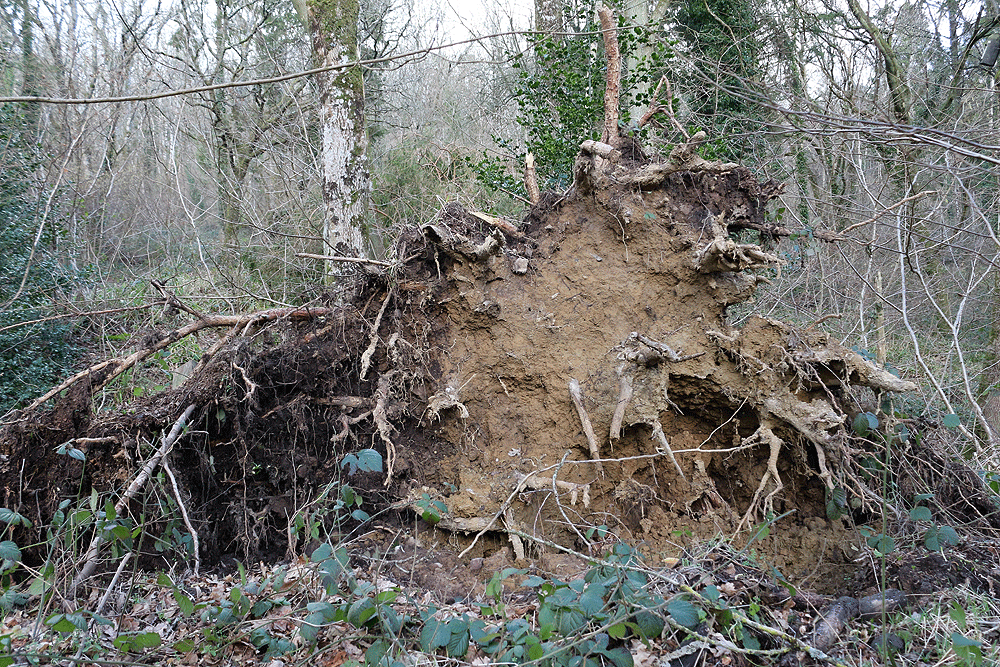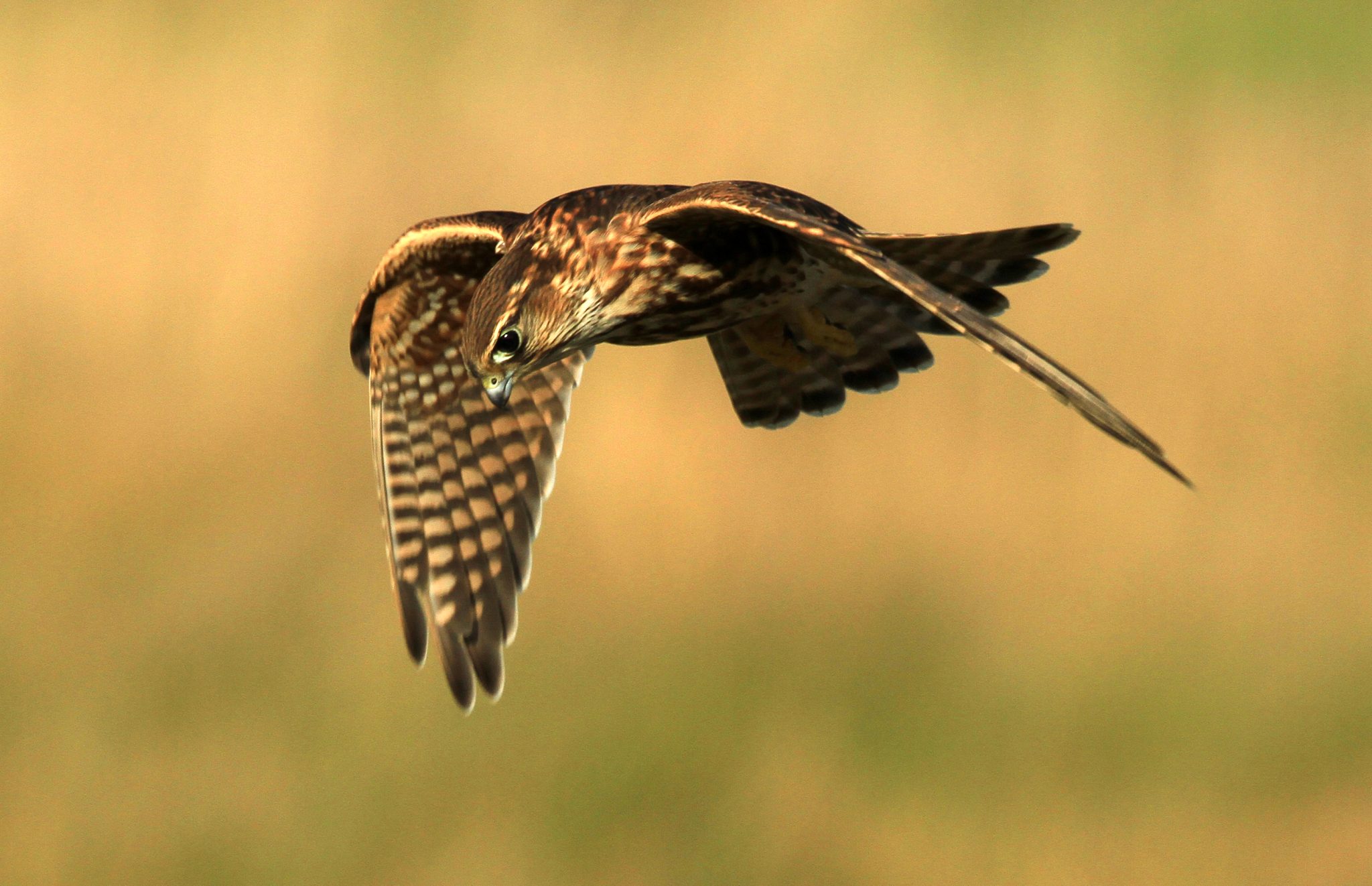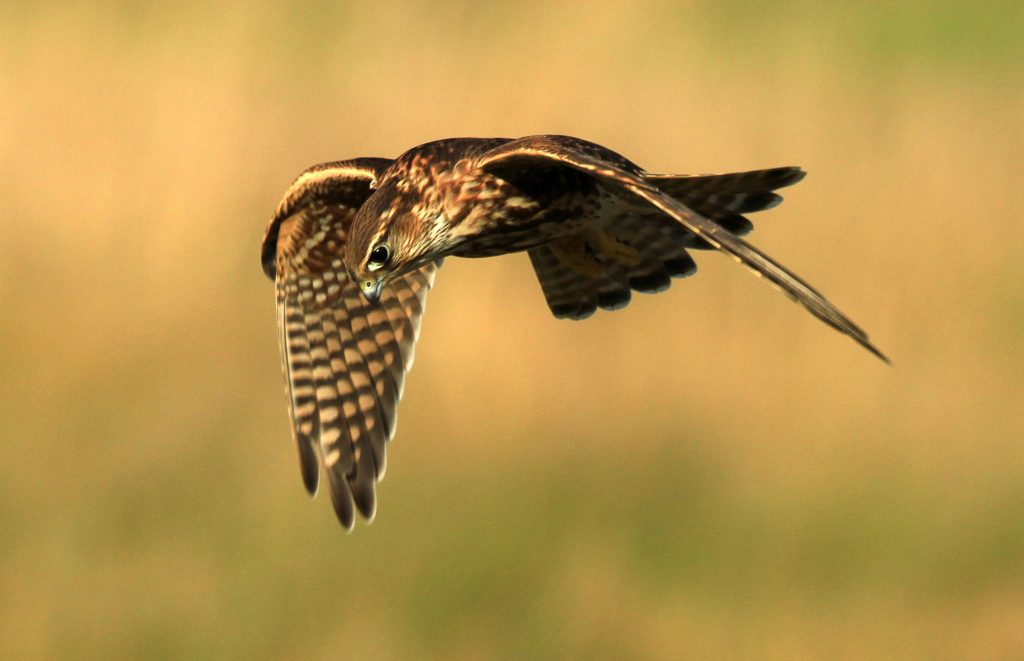Win CENS ProFlex DX5 earplugs worth £1,149 – enter here

Fallen trees and dead trees that are still standing are commonly called dead wood. This can include sections of trees that have died, fallen limbs, branches and twigs. Modern woodland is relatively “clean” compared with forests from thousands of years ago. In fact, studies in temperate forests suggest that a healthy forest should contain around 30 per cent dead wood: the average in Britain has far less than that. Dead wood is thought to be vital to the health of a wood or forest because it can help to reduce soil erosion and create stability. Fallen trees also play an important role in providing a steady supply of nutrients and nitrogen to other plants. It is suggested that allowing fallen trees to decay naturally can help with carbon storage which in turn can play a small part in reducing global warming.
Standing dead trees and fallen trees can also provide a valuable array of microhabitats for organisms such as fungi, lichens, insects, mosses and birds, some of which will only survive when there is a good amount of dead wood in the forest. It is thought that 40 per cent of woodland wildlife is dependent on dead wood as part of the forest ecosystem.
Some specialist flies and beetles are well represented and a large number of these have become rare as a result of the loss of much dead wood. Certain insects depend on fungi, which grow on the decaying wood, and some of the fungi depend on specific species of dead tree to live on, so you can start to see how important dead wood is to much of the woodland life. Some endangered species such as the pine hoverfly specialise in breeding in the wet pockets of decay in the large stumps of Scots pine trees, and need these rotting and decaying stumps to survive — this is a great example of symbiosis of decaying wood and wildlife. Many beetles also rely on dead wood for places to hide, breed and feed. In turn, birds and other vertebrates eat the insects and beetles as a quick meal. It is said that one-third of all woodland birds use holes or cavities in dead trees or dead limbs for nesting. Trees with hollows provide ideal roosting sites for the great spotted woodpecker as well as many owl species. At least three-quarters of the 18 British bat species use tree holes for summer and winter roosts. Brash from the tops of trees can be used for cover for groundnesting birds and also provide valuable hiding places on the woodland floor for gamebirds. Fallen trees can also help to warm up a woodland floor by acting as a windbreak and allowing foliage to grow up over its limbs.
Studies in the US have compared the number of living organisms in dead trees and living trees. The results are extraordinary: in a living tree bole, there are about 5 per cent living cells per volume and in a dead tree there are about 40 per cent living cells per volume. Dead wood is incredibly important to our forests. When a limb or tree falls it starts to be colonised by fungi and lichens, next come the bark beetles, wood wasps, spiders and all manner of other insects. Next come the birds to feast on the insects and the cycle keeps going.
Reasons for clearing
Wood is obviously important to humans for fuel and building materials. In the past, woodland was cleared for agriculture, which reduced the amount of forest and the amount of dead wood. More recently, dead wood was cleared to help control pests as well as fungal disease in commercial woodland. It is also often “tidied up” for aesthetic reasons. Sometimes you will need to clear dead wood for safety reasons — for example, it might be too dangerous to leave a dead tree standing that could fall at any time and be a danger to life.
These are all valid reasons to clear dead wood from the forest, but some decaying wood should be left on the ground to allow the natural rotting process to carry on.
Woodland grant schemes now provide specific guidelines on the recommended volumes of dead wood to be retained per hectare and advise that dead wood should be present across a whole woodland site in the form of small and large pieces. For woodlands where nature conservation is the primary objective, the amount and variety of dead wood should be similar to that found in unmanaged woodland. Yet even in commercial systems, it is possible to retain dead wood on tracksides and margins.
Managers can boost the amount of dead wood on their woodland site by keeping trees that are dying or have died standing in place, providing it is safe to do so. Retaining all naturally fallen dead wood and creating woodpiles of any felled material that is of low economic value is also good practice. Killing a selected tree by ring barking can create larger volumes of dead wood. This may be done where a tree is of low economic value and has more value as a wildlife resource to help attract insect or bird species to a conservation area.
Dead wood can be good for game as well as many other species because it is insect-rich and can give young pheasant chicks an easy meal when they hatch. It can also provide cover and shelter for chicks and adults. You can arrange it along the front of woodland to create flushing points and wind stops. Next time you fancy doing a bit of tidying up, think about all the life that depends on that “mess”.





